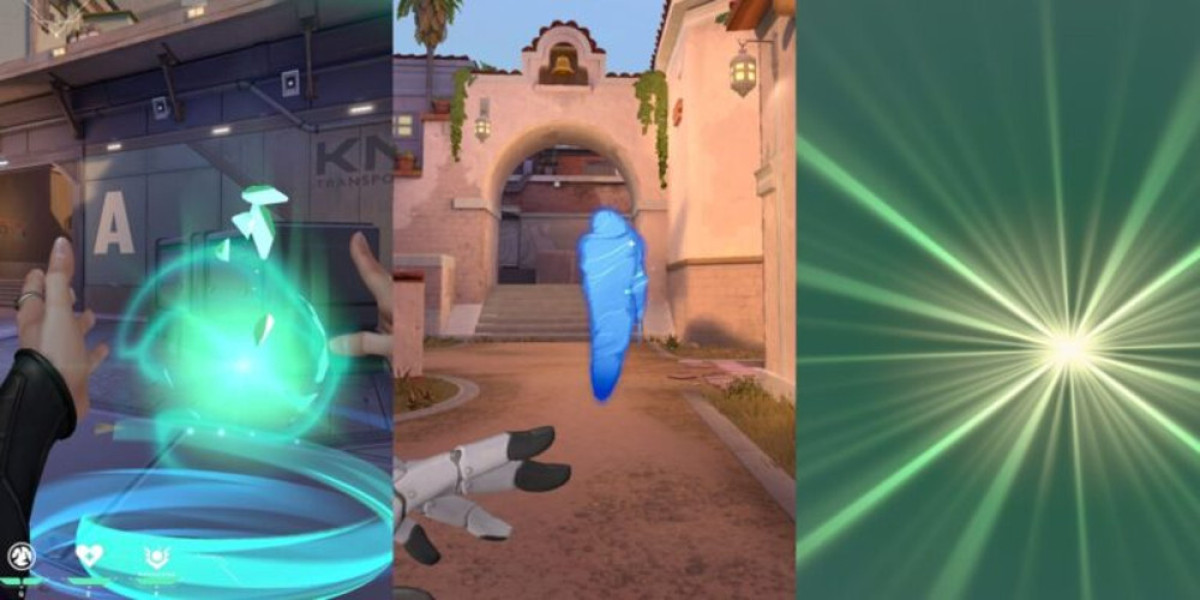Spinal cord stimulation (SCS) has established itself as a valuable tool in the pain management armamentarium, and ongoing research and technological advancements are poised to further revolutionize SCS devices and expand their role in alleviating chronic pain and addressing other medical conditions. The future of pain management with SCS is likely to be characterized by greater personalization, enhanced efficacy, expanded indications, and more seamless integration with the human body.
One of the most promising future directions for Spinal Cord Stimulation (SCS) devices is the development of highly personalized and adaptive stimulation therapies. Artificial intelligence (AI) and machine learning algorithms are expected to play an increasingly significant role in optimizing stimulation parameters based on individual patient characteristics, real-time neural responses, and long-term outcomes. Future SCS systems may automatically adjust stimulation patterns and intensity to provide the most effective pain relief while minimizing side effects, without requiring manual adjustments.
The evolution of lead technology will likely continue, with the development of even more sophisticated and targeted electrode designs. Smaller, more flexible leads with a higher density of stimulation contacts will allow for more precise neuromodulation of specific spinal cord regions associated with different pain pathways and other targeted conditions. The potential for directional leads that can steer the electrical field will further enhance targeting capabilities and reduce off-target stimulation.
The integration of closed-loop systems that can sense and respond to the body’s neural activity in real-time is another key area of future development. Advancements in bio-sensing technology will enable SCS devices to detect specific pain signals or physiological markers and automatically adjust stimulation parameters to provide optimal therapy on demand. This dynamic, feedback-driven approach holds the promise of more effective and efficient pain management.
The exploration of novel stimulation paradigms beyond traditional tonic, burst, and high-frequency stimulation is also expected to continue. Research into different waveforms, pulse durations, and stimulation patterns may uncover new ways to modulate pain pathways and address specific types of chronic pain that are currently challenging to treat with existing SCS modalities.
Expanding the indications for SCS beyond chronic pain is a significant area of future focus. Ongoing research is investigating the potential of SCS to manage other debilitating conditions, such as motor disorders, spasticity, autonomic dysfunction, and even certain psychiatric conditions. Success in these areas could significantly broaden the impact of SCS technology.
The development of more biocompatible and long-lasting implantable components will continue to be a priority. Advances in materials science and battery technology will lead to smaller, more durable implantable pulse generators (IPGs) with extended battery lives, reducing the need for frequent surgical replacements. The potential for fully wireless SCS systems powered by external sources or even the body’s energy is also an exciting prospect.
The integration of digital health technologies, such as smartphone applications and wearable sensors, will likely play a greater role in the future of SCS therapy. These tools can facilitate remote monitoring of patient outcomes, allow for remote programming adjustments by clinicians, and empower patients with more comprehensive self-management capabilities.
In conclusion, the future of pain management with spinal cord stimulation devices is bright and full of innovation. Driven by advancements in AI, lead technology, closed-loop systems, novel stimulation paradigms, expanding indications, biocompatible materials, and digital health integration, SCS is poised to become an even more personalized, effective, and versatile tool for alleviating chronic pain and improving the lives of individuals suffering from a wide range of debilitating conditions. The ongoing dedication of researchers and engineers in this field promises a future where SCS plays an even more central role in the landscape of medical therapeutics.
Related Reports:
Italy Mental Health Apps Market
South America Mental Health Apps Market








